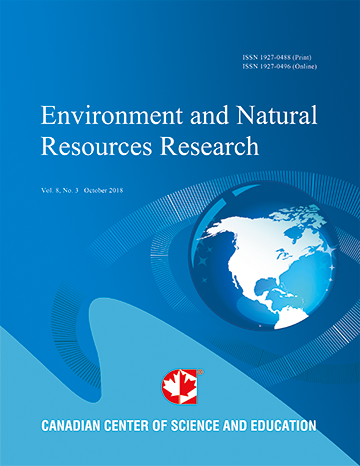The Importance of Bushmeat in Household Income as a Function of Distance from Protected Areas in the Western Serengeti Ecosystem, Tanzania
- Flora Felix Manyama
- Martin Reinhardt Nielsen
- Eivin Roskaft
- Julius William Nyahongo
Abstract
Bushmeat hunting is widespread in villages adjacent to protected areas in Western Serengeti. However, little information is available about the role of bushmeat income in the household economy as a function of distance from the protected area boundary, preventing the formulation of informed policy for regulating this illegal trade. This study was conducted in three villages in Western Serengeti at distances of 3 (closest), 27 (intermediate) and 58km (furthest) from the boundary of Serengeti National Park to assess the contribution of bushmeat to household income. The sample consists of 246 households of which 96 hunted or traded bushmeat, identified using snowball sampling through the aid of local informers. The average income earned from bushmeat was significantly higher for bushmeat traders than hunters. The contribution of bushmeat to household income was significantly higher in Robanda the village closest to the protected area boundary compared to Rwamkoma and Kowak, the more distant villages. A Heckman sample-selection model reveals that household participation in hunting and trading bushmeat was negatively associated with distance to the protected area boundary and with the household head being female. Household reliance on bushmeat income was negatively associated with age and gender of the household head and distance to the protected area boundary. Hence, efforts to reduce involvement in hunting, and trading bushmeat should target male-headed households close to the protected area boundary.
- Full Text:
 PDF
PDF
- DOI:10.5539/enrr.v9n3p49
Journal Metrics
Google-based Impact Factor (2016): 6.22
h-index (November 2017): 12
i10-index (November 2017): 19
h5-index (November 2017): 11
h5-median (November 2017): 12
Index
Contact
- Emily LinEditorial Assistant
- enrr@ccsenet.org
